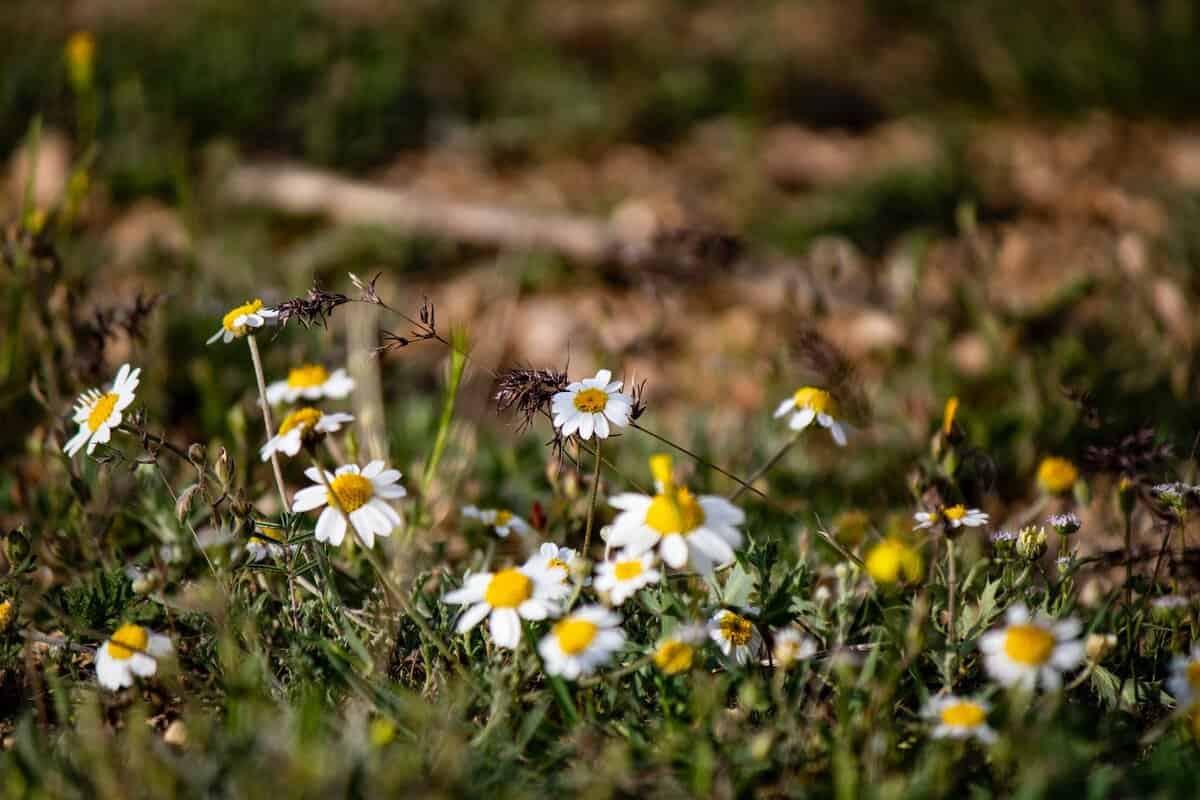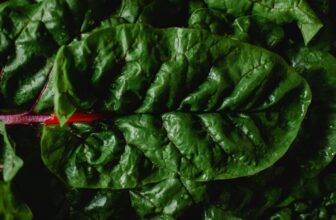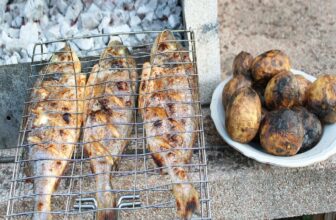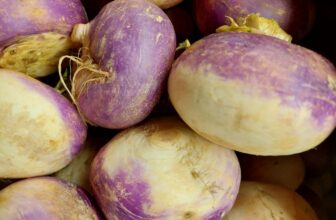
Regardless of the planned actions and circumstances, a modern person must be ready to act in an emergency without communication with the outside world, when you can and should rely only on yourself. Here, knowing the basics of herbal medicine usage will come in handy.
If, due to some circumstances, you find yourself in conditions of autonomous existence in the wild, remember that a favorable outcome depends only on you and your ability to survive.
To survive means to act, using your creative abilities, imagination, knowledge of survival, and improvised means, to skillfully apply knowledge and experience to protect yourself from the effects of adverse environmental factors.
Humans always adapt to the natural and artificial environment, mobilizing all their physical and mental capabilities. The human body has quite effective specialized mechanisms that limit the stress response, prevent stress damage, and, most importantly, allow you to save life and health. Various factors help such adaptation: physical fitness, skills, and knowledge.
Wild plants have always been an invaluable aid in maintaining health. While many botanical medicines’ exact mechanisms of action remain unknown, the evidence for their efficacy continues to grow as modern research validates traditional plant-based remedies. Herbal remedies can be used to treat a wide variety of ailments, such as headaches, nausea, indigestion, skin conditions, and insomnia. Some of the most popular medicinal plants include chamomile, Echinacea, rosemary, aloe vera, and peppermint. Most of these plants can be found in the wild or planted in the home garden.
Let’s take a closer look at their properties.
Сhamomile
Chamomile is one of the most widely used herbs in the world. You can brew it into a tea and treat an upset stomach or indigestion. Chamomile tea is effective as a mouth rinse and can be an excellent herbal hair balm. Chamomile has a mild sedative effect, and due to its high content of flavonoids and coumarins, it is considered an effective supplement for those who suffer from insomnia. You can make an infusion and use it as a warm compress to treat eye infections (or as a soothing eye bath). People in Europe also use such compresses to treat ear infections. Thanks to its properties, chamomile is included in the composition of all kinds of anti-inflammatory ointments.
Echinacea
Echinacea grows in most gardens. In ancient times, it was widely used as an immunity booster and was the main remedy for colds and other diseases common in winter. According to research, Echinacea is also useful in the treatment of liver problems. The plant contains ingredients that perform a detoxifying role. For more than a hundred years, it has been used for skin diseases. Also, doctors have confirmed the benefits of Echinacea in the treatment of eczema, minor wounds, psoriasis, insect bites, or skin infections. It also has an anti-inflammatory action, reducing infection and preventing infection of open wounds. Moreover, it helps to lower blood pressure, thanks to its anti-inflammatory components. The regular use of Echinacea contributes to maintaining blood pressure within the normal range.
Aloe Vera
Aloe Vera is a common ornamental plant in many homes. Succulent leaves contain a gel, which is great for treating sunburn and any minor burns, and even cuts.
Thanks to its beneficial properties, aloe vera is used both internally and externally. The juice of this plant can help in the treatment of colitis and various digestive problems. In addition, its regular use helps increase appetite. This makes it an ideal support for those who are recovering from an illness, people who have developed food fatigue during isolation, or who have been malnourished for a long time. And when applied externally, it can help heal damaged skin.
Rosemary
Rosemary is a cute shrub with thin, small leaves, tightly adjacent to each other. It is quite easy to grow on any soil. Not everyone is aware that it can be used to disinfect the air. In Europe, rosemary infusion is recommended as the best healing drink for headaches. It is also known that rosemary was used in hospitals as a sedative for people suffering from mental disorders. For them, they prepared an infusion of rosemary, chamomile, and valerian, seasoning it, for a better taste, with honey.
Peppermint
Peppermint grows well in any garden and does not require special care. Even though peppermint is still used as a flavoring agent, it also has various positive health effects that we can use in difficult times. You can add its raw leaves to various dishes or brew tea to improve digestion.
Furthermore, due to the high content of menthol, peppermint can be used to treat sore and aching muscles. Brew mint tea to relieve headaches caused by high levels of stress or a poor diet.
Conclusion
You can find or grow yourself healing herbs and plants listed above in any garden. All of the above properties are just a brief description of the true potential of each of these magical plants. Now, when you get to know them, you can choose which medicinal plants to leave on your land and study them in more detail. Stay safe!




